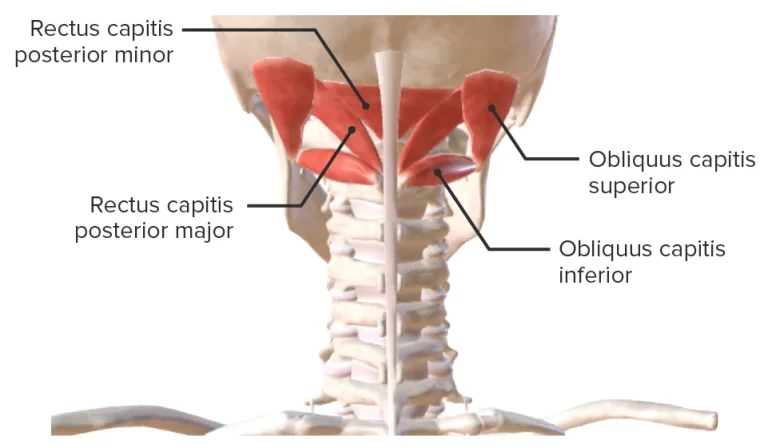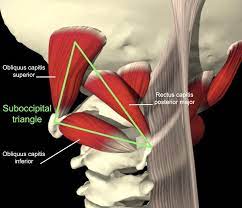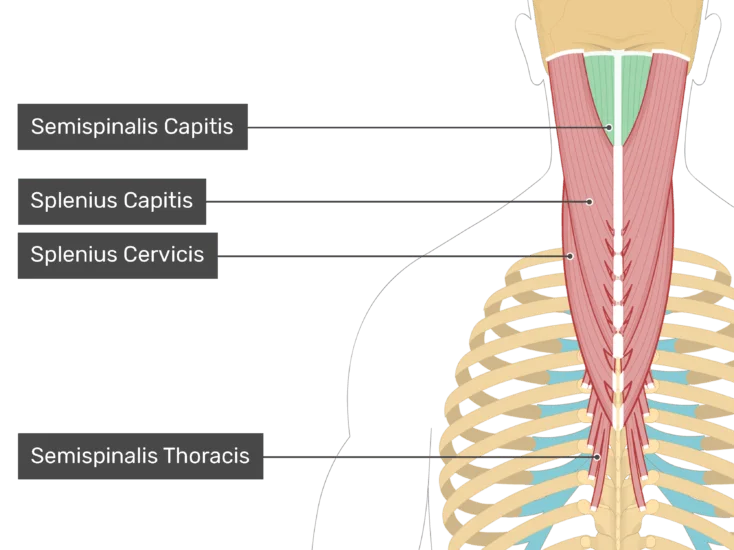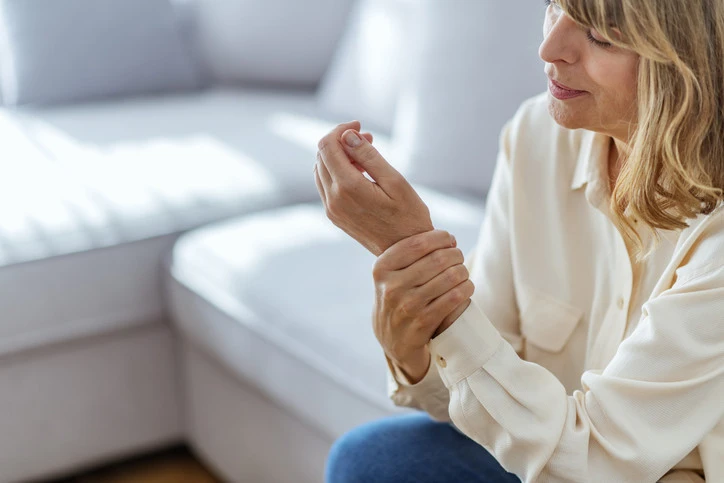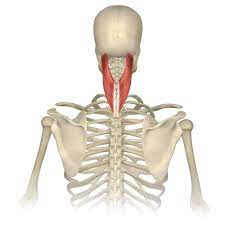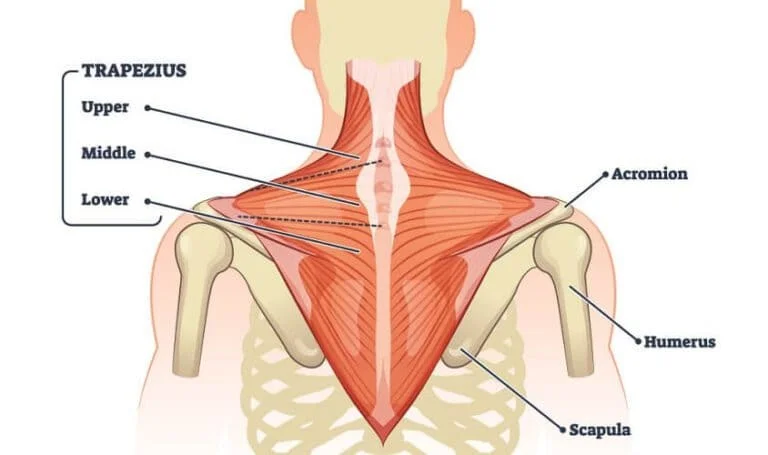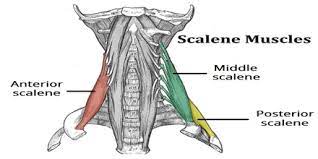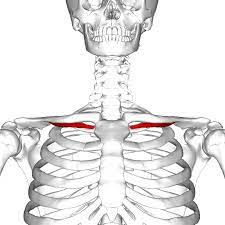Rectus Capitis Posterior Minor and Major Muscle Anatomy
Rectus Capitis Posterior Minor Muscle What is Rectus Capitis Posterior Minor Muscle? Rectus capitis posterior minor muscle is a coupled or paired muscle situated in the suboccipital compartment or area of the neck. It is the portion of the suboccipital muscle group which comprises 4 muscles in total, the other 3 being rectus capitis posterior major, obliquus capitis inferior or the obliquus capitis superior….

